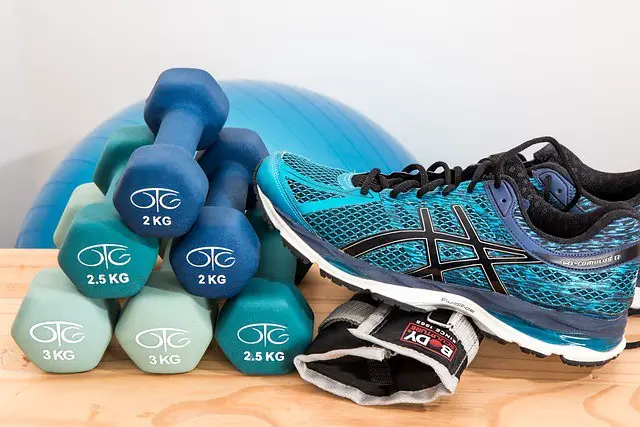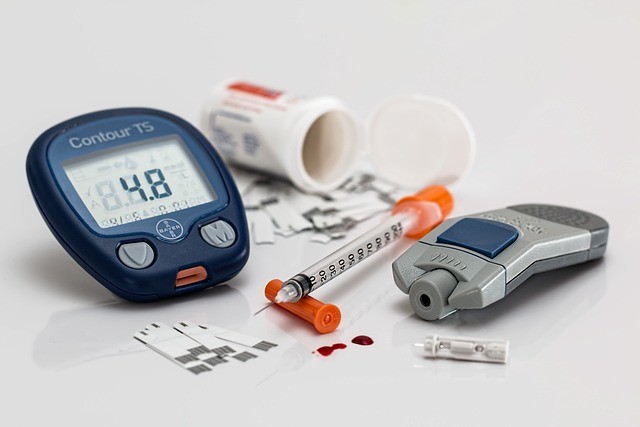When you google the best ways to lose weight, you won’t miss an answer on increasing physical activity and diet. There are several ways you can increase your physical activity from simple day-to-day movements to high-intensity exercise. All these energy demands mean you will be burning calories.
In terms of diet, you will not miss a recommendation on following a low-carb diet, especially the ketogenic diet. Low-carb diets have gained fame in weight loss because of their ability to increase fat burning. The keto diet, in particular, has been in the spotlight thanks to its numerous health benefits.
But neither of these is our focus today, well not on their own at least. We have seen the benefits of exercise on our overall health and weight loss. The benefits of the keto diet on body weight and body fat percentage don’t need further hyping. However, what are the benefits of keto and exercise on body composition?
Today, you will get information on exercising on keto, know whether it is safe to exercise on a ketogenic diet, what happens in your body when working out on keto, the right foods to eat when exercising on keto, and research that proves the efficiency of keto and exercise on losing weight. Shall we begin?
How Does Your Body Get Energy for Exercise?

The fact is, whichever type of exercise you are engaging in, you will need the energy to do it! Although, different exercises rely on different methods to produce energy, depending on the intensity and duration of the workout routine. Your body relies on three major pathways to make adenosine triphosphate (ATP), which is the basic unit of energy.
Understanding the three energy production systems will help shed take your training to the next level.
The Phosphagen System
This is an anaerobic metabolic pathway that breaks down creatine phosphate (phosphocreatine) to produce ATP for short but extremely intense exercise. These exercises usually require energy to be produced fast enough. It is also known as the ATP-CP system.
This type of energy production only lasts for about 10 seconds because your cells do not have so high amounts of phosphocreatine. Workouts like sprints and heavy weight lifting usually depend on this ATP-production system. Continuously doing a high-intensity exercise briefly will have you make energy through this process throughout your workout routine.
It is important to mention that the thought process behind supplementing with creatine when doing sprints or heavy weightlifting is to keep the phosphagen system going for longer. Creatine will be converted to phosphocreatine which will provide you with the energy boost for your workout. Despite this, the energy is only enough for a short period of workout.
Glycolytic System
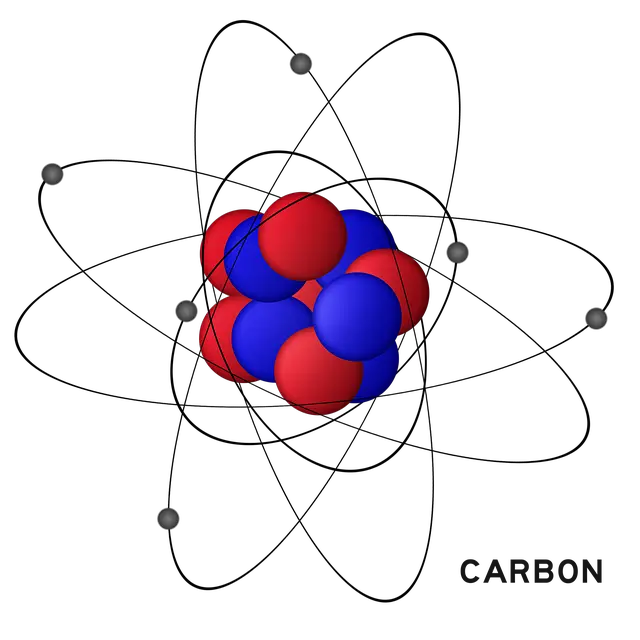
Here we’re talking about glycolysis, the process by which your body breaks down glucose for energy. People on a high-carb diet depend on this process mostly. You will make use of blood glucose (from carbs in the food you eat) and glycogen stores to produce glucose to fuel your workout.
The glycolytic system fuels moderate-intensity exercises that last from 10 seconds to 2 minutes. Running or high-intensity interval training falls under exercises that depend on glycolysis for energy.
At the start of glycolysis, the process is anaerobic, but as you continue, oxygen demands increase. Two minutes into your workout oxygen becomes necessary for this process.
Ketosis

Some people refer to it as the oxidative system or aerobic system. Ketosis is an aerobic system that produces energy through fat burning. This metabolic pathway does not necessarily produce ATP but produces ketones, your body’s preferred energy source.
Ketosis does not produce ATP quickly but can produce it in high amounts over a long period which does not make it ideal for short high intensity workouts. Your fat reserves are broken down over a long duration to fuel low-intensity exercises like cardio exercises.
These are the 3 metabolic pathways that your body follows when you are exercising from the start of your exercise to the end. Let us be clear on what thing, these systems run the whole period of your workout, and none of them stops when the other begins. One process is emphasized more at a time depending on the intensity and duration of your workout.
All this conversation on intensity and duration of workout has made it necessary to discuss the different types of exercise, so you can know where your workout lies and which pathway provides you with energy.
Type of Exercise
You can divide your exercises into the following categories:
Aerobic Exercise

These are low-intensity exercises that last more than 30 minutes. They are what your gym instructor calls cardio exercises. Some examples of aerobic exercise include cycling, running, speed walking, swimming, jumping rope, walking, boxing, hiking, and climbing stairs.
The benefits of cardio include:
- Weight management: According to the Center for Disease Control and Prevention (CDC), 150 minutes of moderate-intensity exercise a week can help manage your weight.
- Mood improvement: Research suggests that cardio exercise can improve your mood through the production of endorphins.
- Promotes longevity: Some research suggests that doing cardio can help you live longer.
- Improve heart health: The American Heart Association (AHA) recommends getting your heart rate up through aerobic exercise to lower the risks of cardiovascular disease.
Anaerobic Exercise
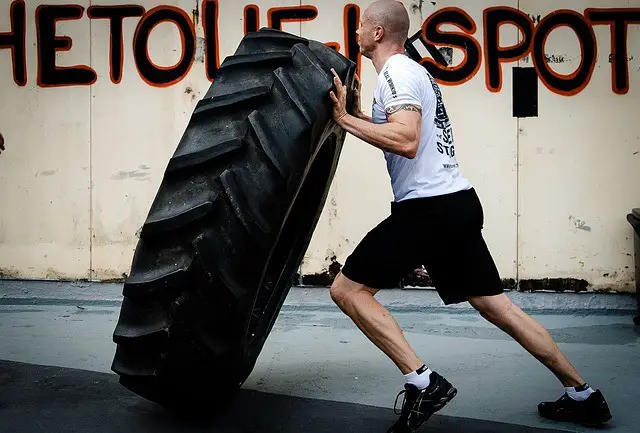
This exercise depends on the phosphagen system which fuels short high-intensity exercises like high-intensity interval training (HIIT), CrossFit, circuit training, and strength training. A high-carb diet would provide the fast needed energy that is needed in this workout.
A randomized study on the effects of low carb, ketogenic diet on anaerobic exercise performance in exercise-trained women and men showed that a ketogenic diet impaired anaerobic exercise performance compared to a high-carb diet. A keto diet reduces exercise performance in high-intensity workouts that are highly dependent on anaerobic pathways.
Other anaerobic exercise includes heavy weight lifting, sprinting, plyometrics (jump squats, jump lunges, hopping, and skipping), and calisthenics (push-ups and pull-ups).
Some of the benefits of anaerobic exercise are:
- Blood sugar control
- Improves lipid profile
- Lowers high blood pressure
- Enhances bone density
- Increases fat loss and improves muscle mass
- Improves strength and power
- Decreases risks of disease by lowering inflammation
Flexibility Exercise

Flexibility exercises are those that increase your muscles’ range of motion. They include yoga and simple stretches you do to warm up your body before you start your workout. AHA suggests adding flexibility exercise as part of a healthy lifestyle. Yoga promotes strength, balance, and flexibility.
These exercises may not promote endurance like endurance exercise does, but they increase flexibility which will increase movement when doing other moderate-intensity workouts.
When doing these exercises, warm up your muscles before stretching, by walking slowly for a few minutes. For those doing strength training or endurance workouts, I would recommend stretching after rather than before exercising.
Stability Exercises
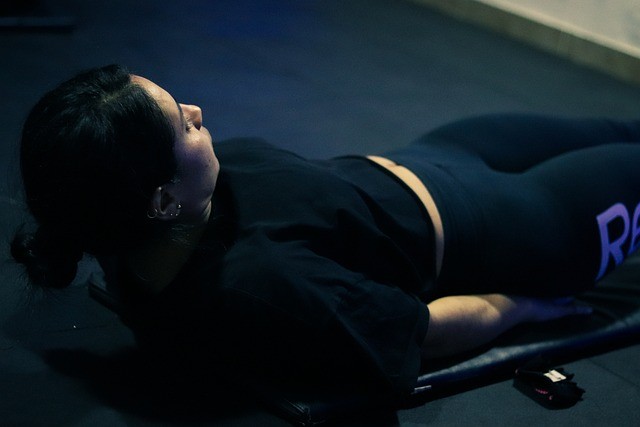
These exercises promote alignment, increase your control of movement, and strengthen your muscles. Stability exercises include planks, core exercises, and balance exercises. The benefit of core training is injury prevention.
Now that you know where to categorize your workout schedule, and which metabolic process fuels the different points of your workout, let’s see whether it is safe for keto dieters to exercise while in ketosis.
Keto and Exercise: Can You Exercise on a Keto Diet?

Lowering carb intake on a keto diet will deplete your glycogen stores, and switches to ketosis to a point where fat burning produces enough energy. When talking about keto and exercise you need to remember that:
- For cardio or aerobic training, your body will use fat as its primary energy source
- For high-intensity workouts, your body requires carbohydrates, since glucose is the primary source of energy.
When you switch to using fat for energy, your body does not produce enough energy from fat oxidation. Your body adapts to fat burning for energy first, after glycogen stores are depleted, which explains why you are tired and experience a decrease in exercise performance at the start of your keto journey.
Once you are fat-adapted, your energy levels increase and there’s better exercise performance. When you start a low-carb, high-fat diet, go easy on high-intensity workouts that require a high amount of energy over a short time. Do not worry that your athletic performance in weight lifting and HIIT is poor at the beginning of a keto diet. Things will get better once your body is used to ketosis for energy.
Nutrition intake plays a big role when working out on keto for weight loss. What are your macronutrient requirements when working out on keto? Let’s find out!
Macronutrient Intake Recommendation When Exercising on the Keto Diet

With keto and exercise, protein intake is of at most importance. Proteins have functions in your body that carbs and fats cannot do. Protein is essential for muscle building which increases muscle mass, and has a greater thermic effect, meaning more calories burnt by your body are from proteins.
High protein intake has also been shown to promote satiety which reduces food intake preventing weight gain. What am trying to say? Inadequate protein consumption leads to loss of muscle mass and increased food consumption, which could make you gain weight and increase body fat.
Recommended Protein Intake for Working Out on Keto

The International Society of Sports Nutrition recommends eating more protein when engaging in any form of exercise than a sedentary lifestyle. Intakes of protein of 1.4 -2 g/kg/day are enough protein to promote adaptations to training and improve exercise performance.
When you do not consume enough protein, you risk creating a negative nitrogen balance which increases catabolism leading to loss of lean body mass. The recommended protein intake for individuals on endurance workouts is 1- 1.6 g/kg/day. Athletes on strength exercises are required to consume 1.6-2.0 g/kg/day of protein. Individuals engaging in intermittent sports are advised to consume 1.4-1.7 g/kg/day of protein. Our cardio keto dieters should aim to consume 1.4 g/kg/day of protein.
Is too much protein consumption bad on keto?
What Happens if I Eat Too Much Protein on Keto?
Eating too much protein on a keto diet may prevent you from entering ketosis. This is because of gluconeogenesis, a process that happens in your liver, breaks down non-carbohydrate food substrates to produce glucose. Amino acids, the building blocks of protein, can be turned into glucose, which can prevent you to burn fat.
The moment glycogen stores are depleted, your body turns to gluconeogenesis to help make more glucose for energy before turning to ketosis. If you get more than 20% of your calories from protein, then you may need to lower your protein intake. Remember, the more protein, the more glucose you can make, which can make you gain weight.
How Many Carbs Should You Eat When Exercising on The Keto Diet?

For those trying to lose weight on the ketogenic diet, carb counting is key to ensure that you don’t go beyond your carb limit. Combining keto and exercise will allow you to increase your carb intake without kicking you out of ketosis. The standard ketogenic diet recommends a carb intake of 20-50 g per day.
Remember what we said about high-intensity workouts and their primary energy source? Keto dieters on high-intensity workout schedules need more carbs than those doing low or moderate-intensity workouts.
Here are the best ways to increase your carb intake without being kicked out of ketosis while weight lifting or on HIIT:
Increase Carb Intake
You can lower the consumption of non-starchy vegetables, and in addition to high-fat keto foods, introduce high-carb foods that are high in proteins and fiber. These foods will promote satiety reducing your food intake.
Moreover, beans, crackers, and high-fiber fruits are rich in complex carbs that take longer to digest and absorb, so will not spike your blood sugar and insulin.
Follow the Targeted Ketogenic Diet (TKD)
A targeted ketogenic diet allows you to incorporate carbs into your workouts. Carb intake is scheduled before workouts, which increases your net carbs providing you with enough energy to fuel your high-intensity activities.
The targeted ketogenic diet will provide you with the fast energy your muscle cells need for fuel, while still allowing you to achieve ketosis post-workout. This type of ketogenic diet allows for muscle gain and fat loss simultaneously.
I have to mention that one benefit of TKD is the increased insulin levels, which when released during weight training puts your body in an anaerobic state, prevents the breakdown of muscles, and allows you to build muscle mass.
You will also promote strength and endurance on the TKD increasing physical performance during workouts.
Consider the Cyclical Ketogenic Diet Once or Twice A Week
The cyclical ketogenic diet (CKD) will allow you to consume a high-carb diet for 2 days a week to replenish your depleted glycogen stores. This kind of keto diet is for individuals doing high-intensity training on their weight loss journey.
Low and moderate-intensity exercises promote fat burn because they use fat as their primary source of energy. If you were to increase your net carbs through the CKD and do low-intensity workouts, you will not be able to deplete your glycogen stores which will make it difficult to get back into ketosis.
Why recommend the cyclical keto diet for high-intensity workouts? The carbs in this diet are used for muscle growth and increased performance. The disadvantage of doing this is you may gain more fat, from the extra muscle mass you added.
Fat Intake Recommendation for Exercising on the Keto Diet

The fat intake on a keto diet is as important as protein intake while working out on keto. Knowing how much healthy fat to eat will ensure weight loss, but consuming too much of the wrong type of fat will lead to increased body weight, even on the keto diet.
The standard ketogenic diet recommends getting 70-80% of your daily calories from fat. The type of fats you consume is more important than how much fat you consume. Avoid foods high in trans-fat and excess saturated fat, which are difficult to break down, increasing fat deposit on the adipose tissues which will reduce lean muscle mass.
Healthy fats are those rich in monounsaturated and polyunsaturated fatty acids and medium-chain triglycerides which have numerous health benefits for your heart and overall health.
When consuming a very low-carb diet, eat more fat from healthier sources to lower lean body mass loss.
This is how you can consume your macros to meet your goals:
For Weight Loss Benefits of Exercise
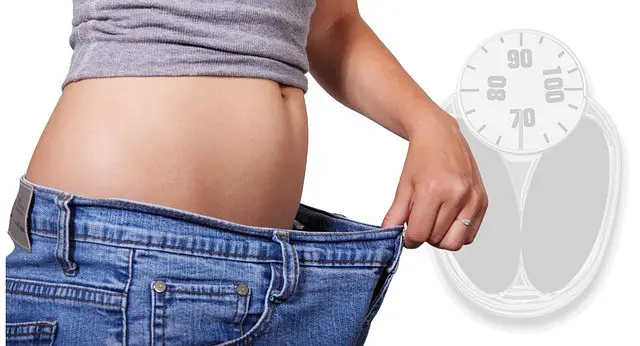
If you’re trying to lose fat, lower your fat consumption and maintain a moderate protein intake of 0.6 g/ pound of lean body weight. You can keep lowering your intake of fat until you achieve a 500 cals calorie deficit. This way you will provide your body with enough protein for muscle building, while still maintaining ketosis.
Reduce carb intake to 20-50 g per day or follow the targeted ketogenic diet if weight training.
To Gain Muscle and Improve Performance

This is where you can increase your consumption of healthy fats gradually until you achieve a calorie surplus of 200-500 calories. A cyclical or targeted ketogenic diet is a good fit for this since you will get enough carbs to fuel your workout while burning enough calories to deplete glycogen stores and trigger ketosis. Keep protein intake to 1.5 g/ pound of body weight.
What are the Health Benefits of Exercising in Ketosis?
Research has shown some health benefits that come with exercising on the ketogenic diet. Keto and exercise can help you to:
Increase Fat Burning
A study assessing the metabolic characteristics of keto-adapted-ultra-endurance runners resulted in increased fat oxidation by 2.3 folds. There was a 59% increase in fat oxidation during submaximal exercise in runners on the keto diet. The study also suggests that athletes on a keto diet used and replenished glycogen stores at a similar rate as those on a high-carb diet.
The results of this study show that athletes on a keto diet have 70% of fat when on maximum intensity exercise compared to 55% in athletes with high carb intake. You stand higher chances of losing fat mass on keto than on a diet that does not restrict carbs.
Blood Sugar Regulation
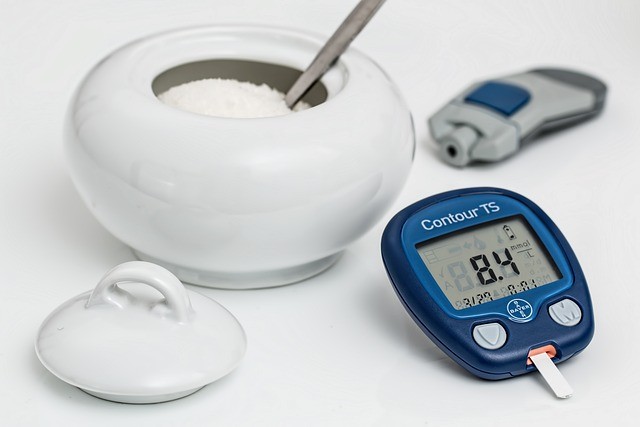
Exercising on keto can help you manage blood sugar since you are restricting carbs and creating a calorie deficit at the same time, which lowers insulin and blood sugar levels.
A randomized trial investigated the effect of a short-term keto diet with or without post-meal walks on glycemic control and inflammation in type 2 diabetes. The results showed that a low-carb keto diet significantly reduced blood glucose more than a stand-alone keto diet intervention. A low-carb diet plus walks had glucose-lowering benefits and improved fasting proinsulin levels and glycemic control.
Improves Exercise Performance
When it comes to the ketogenic diet and exercise performance, research suggests that the keto diet can be a good strategy for improving performance. A review was done to summarize the recent studies that have investigated the potential of a low-carb, high-fat diet as a nutritional approach during endurance. It focused on endurance capacity, recovery from fatigue, and the prevention of exhaustive exercise-induced muscle and organ damage.
The results showed that the keto diet had both potential and limitations as a nutritional approach for improving exercise performance. Nutritional ketosis can help speed up recovery post-high-intensity workouts and can also prevent fatigue during long low-intensity exercises.
Can be Beneficial to Your Muscles
The TKD or cyclical keto diet can have the following benefits to your muscles when working out:
- Increase neuronal drive.
- Lowers the breakdown of muscles which promotes net protein balance.
- Allows for recovery post-workout.
- Fuels your routine.
How to Start Exercising on the Keto Diet

Keto dieters know how difficult it is at the start of your keto journey. Your body is not yet fat-adapted which may lead to the flu on the keto diet. Now imagine trying to do HIIT or weight lifting when you are feeling fatigued!

The symptoms of the keto flu subside once you are keto-adapted, but you have to transition slowly into working out on keto. Here are ways you can launch keto and exercise:
- Low-intensity exercises are best: On the first or second week of keto, you may experience exhaustion, brain fog, and muscle cramping, since your body is not used to ketosisfor energy production. Slow and low-intensity exercises require a little energy at a time so ketosis would be the perfect metabolic pathway to fuel your workout.
Your body is not producing enough energy from burning fat at the beginning of keto, so doing a high-intensity workout will be straining your system which is not good for your metabolic health.
The cardio exercise mentioned above would be the best option, although, don’t overdo them. They will help increase your heart rate and deplete glycogen stores, which will trigger ketosis. Stability and flexibility exercises can also be incorporated into the start of your workout plan to improve movement and engage muscles in preparation for late high-intensity workouts.
- It’s a marathon, not a sprint: You can take this literally or figuratively! You cannot start with an exercise that demands too much energy from you if you do not make enough energy to fuel your workout. Start low and build up gradually as your energy levels increase due to your body’s adaptation to fat as a fuel source.
Don’t quit when you struggle doing high-intensity workouts, you will pick up the pace. One thing that can be a good motivation when doing your brisk walks or running on the treadmill is low and medium-intensity exercises are best for fat loss.
- Listen to your body: When it comes to keto and exercise, your body will have something to say to you! It will tell you what it can and cannot do, so pay attention to it. Once you start, your performance will go down, but that doesn’t mean you push your body harder. Your body just needs time to get used to the switch in metabolic pathways, once it does, it will pick up the pace.
- Have a calorie intake goal: Your daily caloric intake will depend on your goal, whether it is weight loss or muscle building. For losing weight, you need to create a calorie deficit of 500-1,000 cals from your weight maintenance calories depending on your body weight.
For those trying to gain muscle and improve exercise performance, your body needs more energy. Consider creating a calorie surplus of 200-500 cals, in addition to the calories you require for weight maintenance.
Know Your Heart Rate for Fat Burn
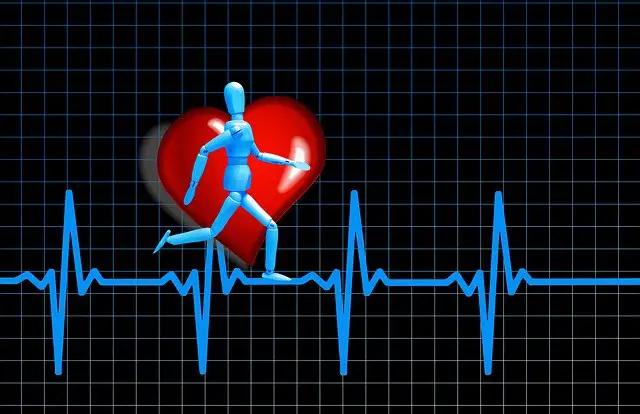
You need to know your fat-burning heart rate. Ideally, at moderate exercise when your heart rate is 50-70% of your maximum heart rate, your body will start burning fat. High-intensity exercise will get you to 70-85% of your heart rate which can have its benefits as well. However, at 70% you have hit the jackpot with ketosis!
How do you know your fat-burning heart rate? You can get this by taking 220 minus your age and expressing your answer in beats per minute (BPM). You can use a heart rate monitor when exercising to ensure you stay within your fat-burning heart rate during the workout.
Keto Pre Workout
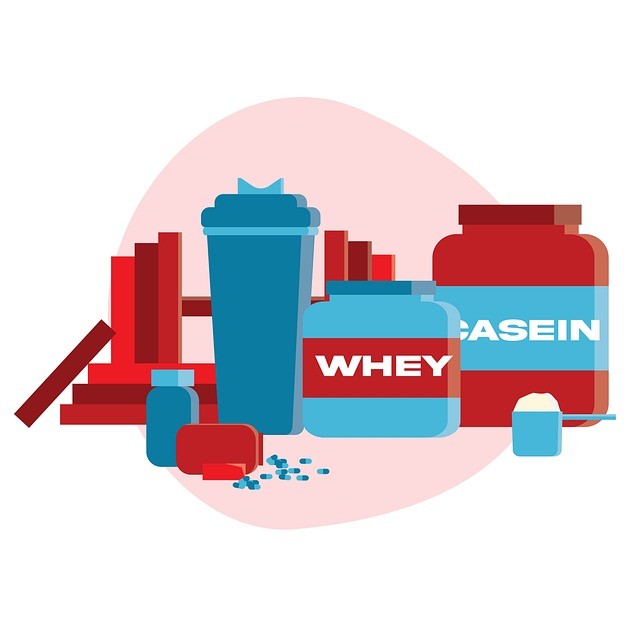
Most people already know what foods to eat on the keto diet when working out to get enough energy for optimum performance. Where most people struggle is supplementation when working out on keto. There are keto-friendly supplements in the market that can assist you to optimize your workout.
These supplements contain compounds that, in the right dosage, can boost exercise performance. A major concern of low-carb supplements is they do contain ingredients you need to boost performance, but not in high enough dosage to get optimal results.
Consider buying a pre-workout supplement with the individual ingredients you are looking for to optimize your exercise. Research has shown that pre-workout supplementation can improve the exercise performance of HIIT.
Which ingredients should you be looking for in your pre-workout supplement?
Fish Oil
Fish oils containing DHA and EPA omega-3 fatty acids have been shown to boost recovery post-workout. The American Heart Association (AHA)recommends consuming a minimum of 250-500 mg of EPA and DHA daily for adults. You can get this same amount from eating 8 ounces of fatty fish every week.
The dosage may vary depending on your needs, so check the nutrition label on your keto supplement to know how much you should take.
Protein Powder
Inadequate consumption of proteins when exercising can increase catabolism which will make you lose muscle mass. If your diet is not providing you with adequate protein, consider getting a low-carb protein powder to meet your needs.
Some good protein powders are whey, casein, and collagen which are complete protein powders. Add whey or casein powder to your post-workout smoothie to boost recovery.
Medium Chain Triglyceride (MCTs)
This is a type of saturated fat that is converted to ketones in the liver for energy. A review done to assess the potential of MCTs on endurance showed that MCT consumption enhances endurance by regulating the expression and protein levels of genes involved in mitochondrial biosynthesis and metabolism.
Exogenous Ketones
Exogenous ketones provide an instant source of energy to your body. It is recommended to combine exogenous ketones with MCTs to increase the liver production of ketones. These supplements on their own reduce liver production of ketones, hence the need for MCTs.
Hydration is important for exogenous ketones because your body will increase urination to excrete ketones.
Creatine
We mentioned the phosphagen system earlier and what it uses to produce ATP. Creatine supplementation is great for individuals doing anaerobic exercise.
Taurine
Taurine is a sulfur-containing amino acid that has been shown to have better results in increasing exercise performance than caffeine. A meta-analysis on the effects of oral supplementation with taurine on endurance exercise performance concluded that a single dose of taurine (1g to 6g) can enhance human endurance performance.
Electrolytes
You can take low carb electrolyte drinks or powdered juices to help correct electrolyte imbalance while working out on keto.
Low insulin levels due to carb restrictions on a keto diet trigger your kidneys to excrete electrolytes like sodium and potassium.
In addition, electrolytes can reduce fluid loss during exercise brought about by sweating. Fluid retention can help reduce dehydration-related fatigue.
Other supplements include L-citrulline which helps reduce fatigue in prolonged aerobic and anaerobic exercise, and Alpha GPC (a great source of choline) which is great for the nervous system.
Final Thoughts
It is safe to work out on keto, as long as you start right and pay attention to your needs throughout your workout plan. Paying attention to your macros is significant for energy production and promoting exercise performance. Whenever your diet is insufficient consider keto-friendly supplements with high doses of the ingredient you are looking for.
Are you working out on keto? Tell us about your experience and how it’s going. If you were considering launching a workout schedule on keto, was this article helpful? Let us know in the comment section below.

